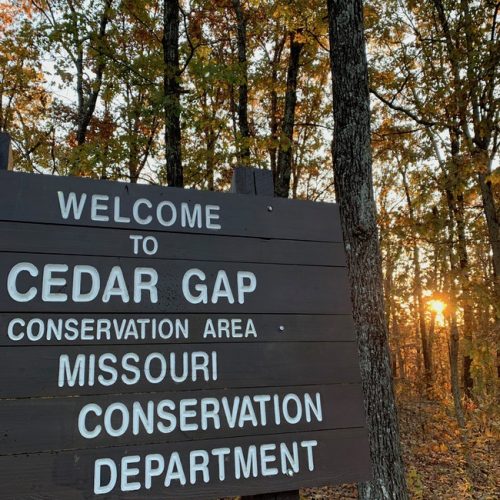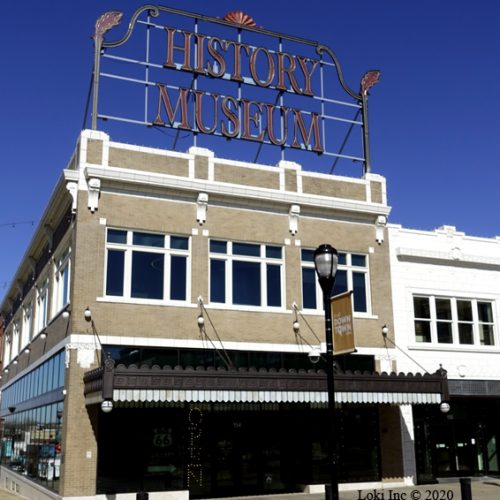This is the story of a typical afternoon search for me back when I wrote a weekly newspaper column that appeared in a few Missouri newspapers. I found the Alhambra Grotto, Knotwell smelter and Pool Holler. ~BB
“Now, where is that Scooby-Doo headband?” I asked myself as I searched through the flotsam and jetsam of my husband’s pickup truck. Whenever I plan on being in cold weather, I pack my polar fleece headband with the Scooby Doo patches.
I looked in my pockets, under the seat of the truck, behind the seat, in the glove compartment . . . until I looked down to see that I had been grinding my headband with my foot into the gravel and snow.
“Oh this is great,” I thought, as I picked up the wet rag filled with ground-in dirt.
I stowed that wet, dirty thing in the truck, locked the door and took off to catch up with my husband, feeling the north wind biting my ears. When I explained why I had taken so long, my husband (who not only was a Boy Scout, but who also served in the military) whipped out a balaclava from his pocket for me to wear.
I must have looked like a turtle in my balaclava and green barn coat, but hey, I was finally warm. Now I could turn my attention to the Grotto, the first stop in a road trip inspired by a book I recently found in the Rolla Public Library titled “Hello from Newburg.”
Published by the Bixler Printing Company in 1976, and written by Mary Alice Beemer, the book recorded Newburg’s history from 1776 until its Bicentennial year of 1976.
Alhambra Grotto
The first stop was at the Alhambra Grotto, located west of Newburg. According to Beemer, starting in the late 1920s, the Grotto was a recreational resort with an artesian well and a fountain. It offered fishing, swimming and dancing.
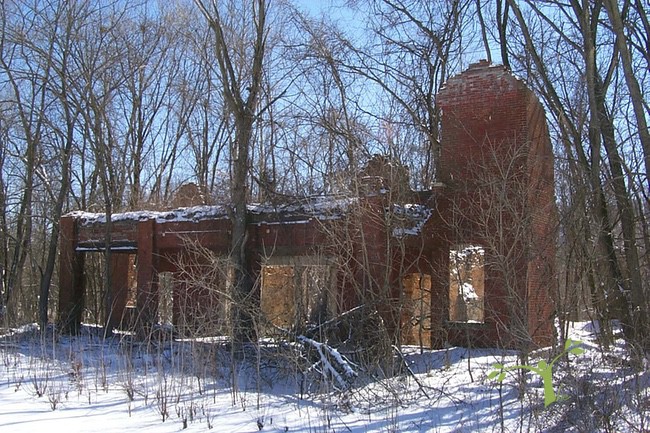
The Grotto burned in 1970, and all that remains to be seen from the road is a skeleton of the once-fine establishment that brought folks through its door from all over Missouri.
Knotwell Smelter
Before the Grotto was a resort, though, it functioned as an office for the Knotwell smelter business, which operated about the same time as the iron ore furnaces at the Maramec Iron Works. One of the massive furnaces stands along the railroad tracks a few yards away from the Grotto. You can just barely see it from the road.
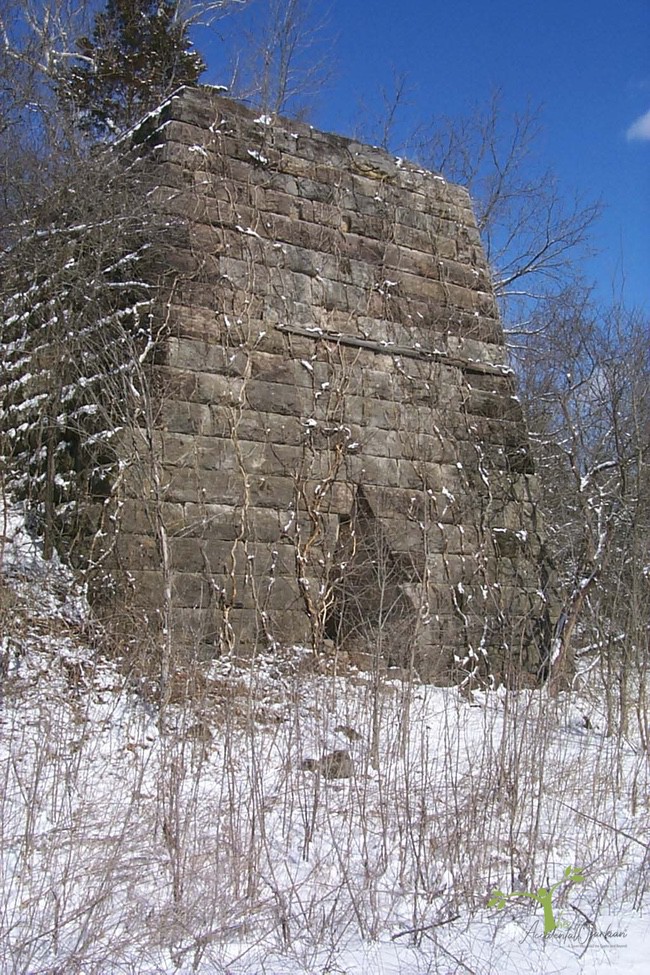
The next leg of the tour was hatched from my plan to find all the hollers that Beemer mentioned in her book. She likened Newburg to Rome, because it “is built on several mountains and also in the hollers between them.”
I’ve never thought of Rome when driving through Newburg. I haven’t been to Rome, but I have been to Appalachia, and Newburg reminds me of the small coal-mining towns that are carved into the mountainsides.
Anyway, we started looking for hollers. We had just come from the Knotwell Holler. Then, as drove along Highway P, we looked across the railroad tracks to the north and found Moonshine Holler and then, Bum Holler. Bum Holler is where the hobos, or as Beemer calls them, “knights of the road” would hop trains going eastward.
After Bum Holler came Fores Holler and yet another Bum Holler. This Bum Holler was actually the second place where the ‘bos could catch a train without a ticket. Happy Holler lies near the tracks in town and the Newburg R-II High School lies in Mosier Holler.
Pool Holler
We searched in vain for Pool Holler, located on Mockingbird Hill. After driving up and down the hillsides of Newburg, we decided to do the unthinkable—ask for help.
And it’s a good thing we did. We met Bob and Shirley Forester at their eating establishment, Shirley’s Kitchen, on Main Street. They not only gave us good directions to Pool Holler and a cup of coffee, they talked to us about the history of Newburg, using the photos on the walls of the restaurant to illustrate their tale.
Mr. Forester served as vice-president of the Newburg Historical Society. He said, “What makes me feel good about these pictures is the kids who come out here and want to see them.”
Mr. Forester told us to go north on Main and turn east onto Cook Street. We did and we found Pool Holler. That’s where the Missouri School of Mines once operated a seismograph installed in a cave, and before that, where the locals attended dances in the cave.
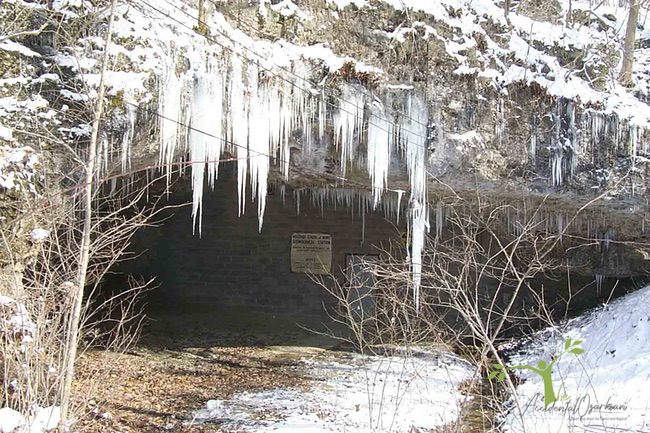
After a most satisfying afternoon in Newburg, we took historic Route 66 home. I began to wonder how many folks in this world can travel just a few miles from home and experience such beauty—in nature, in history and in the people.


